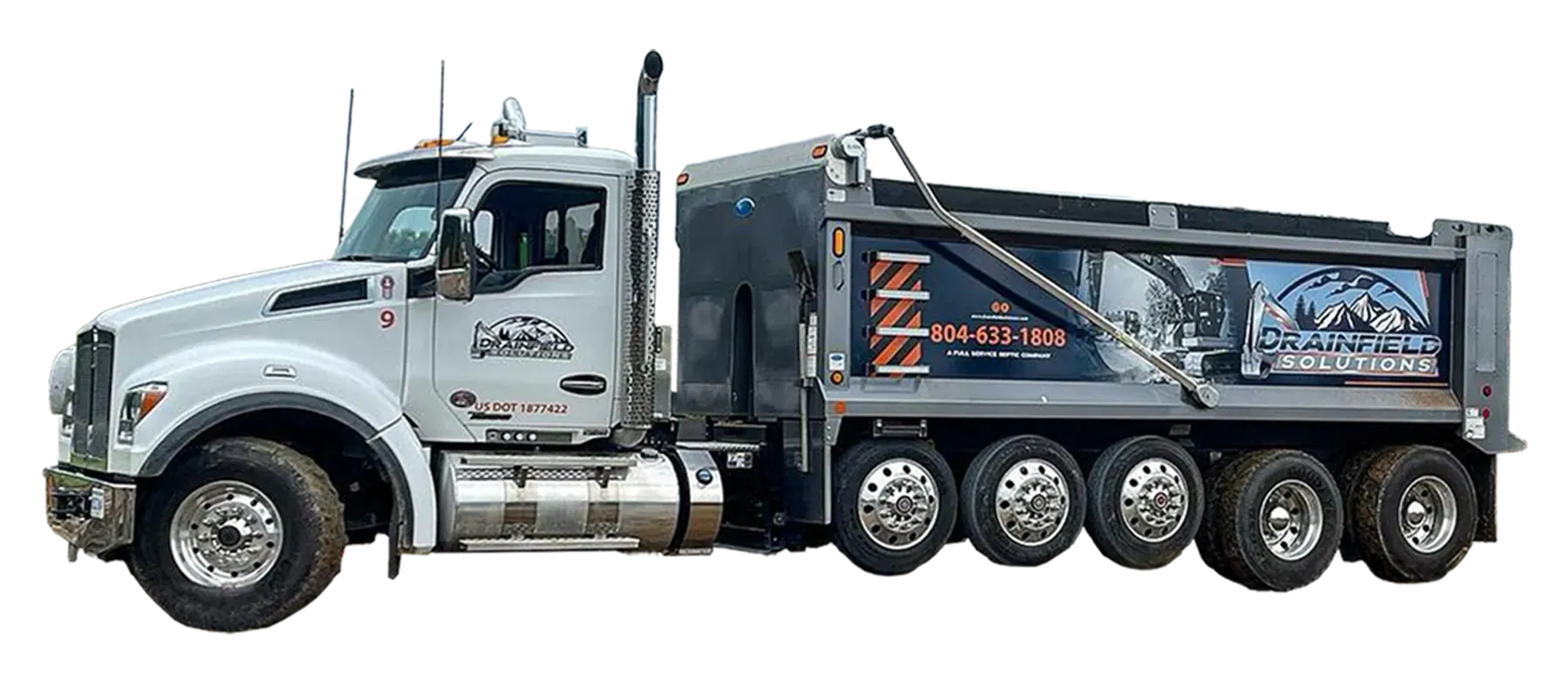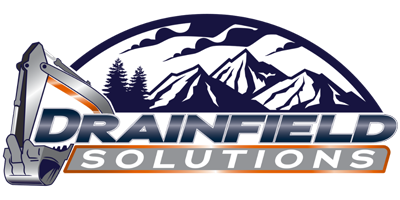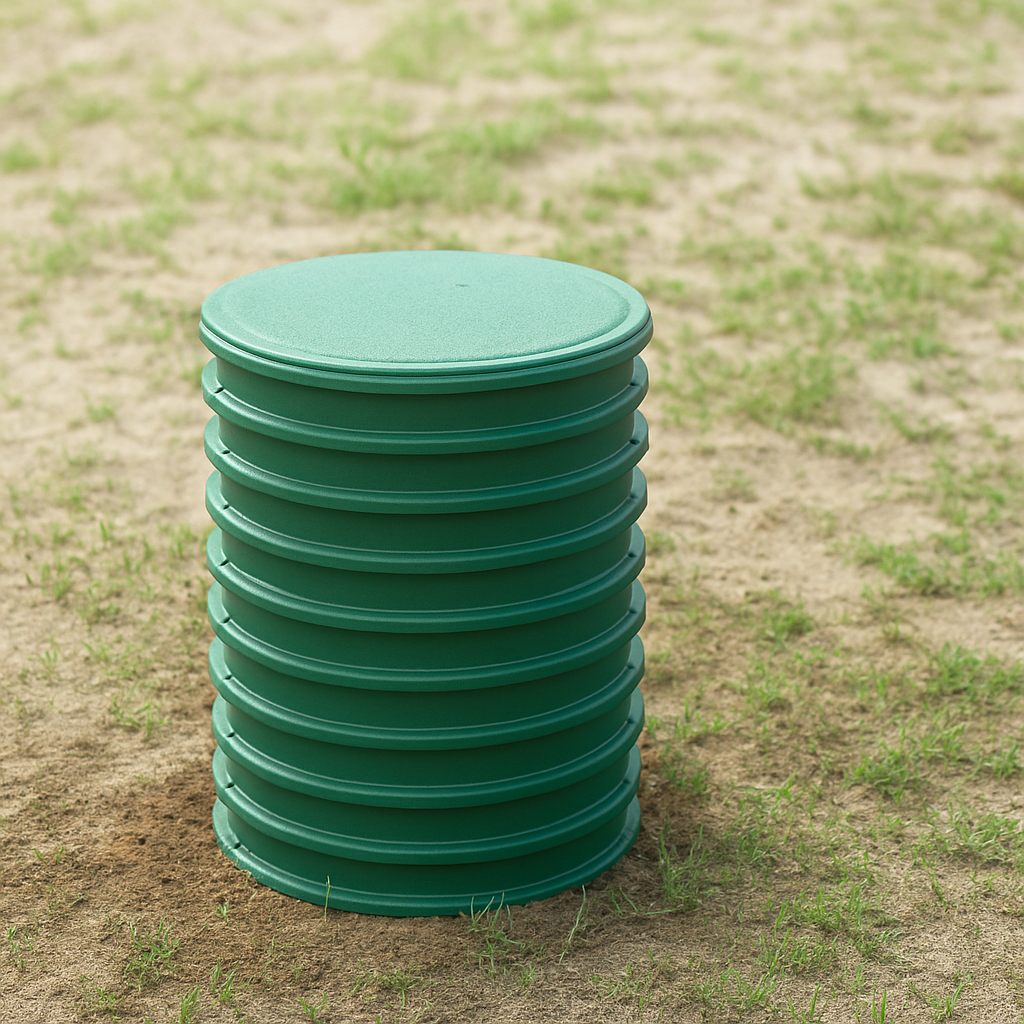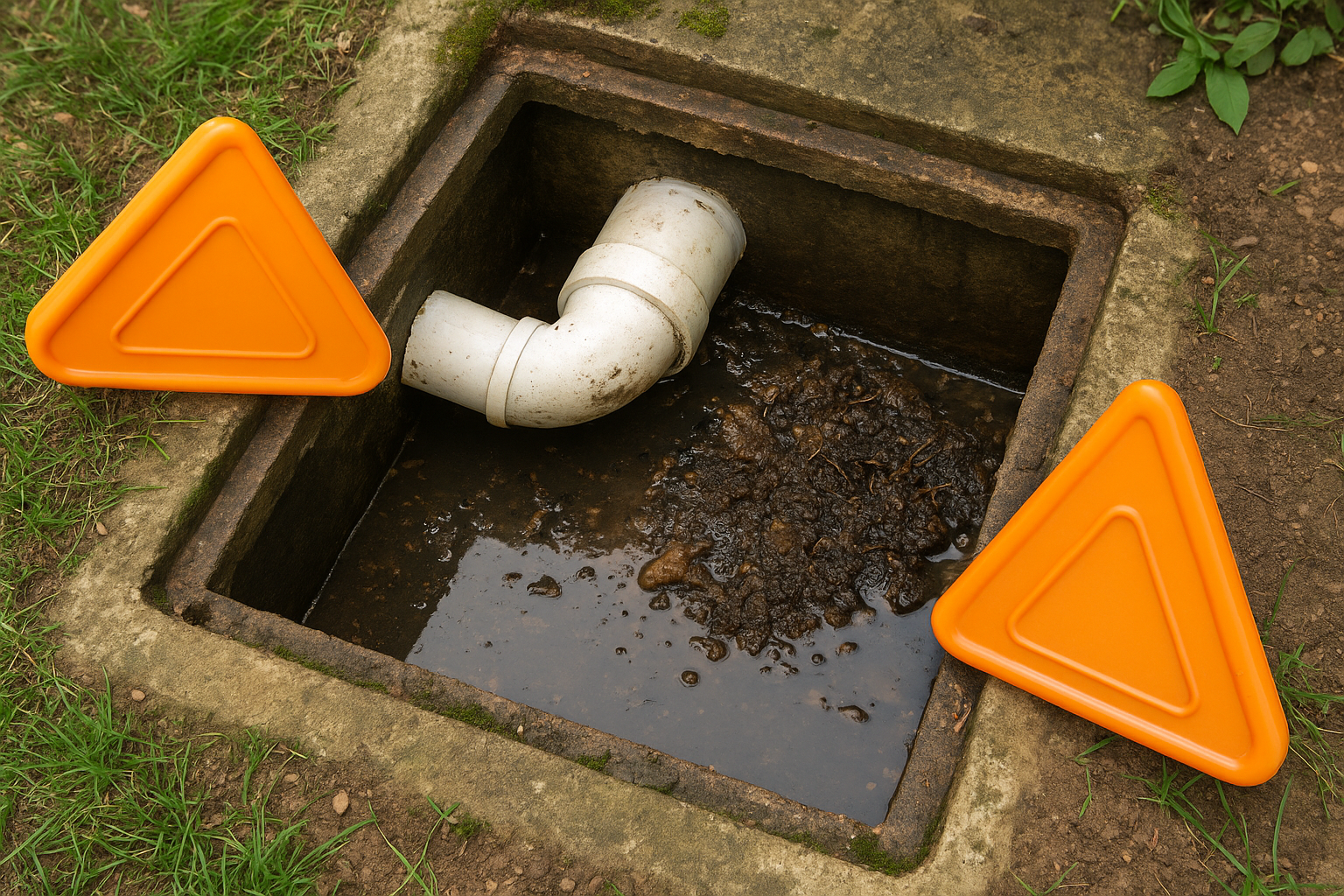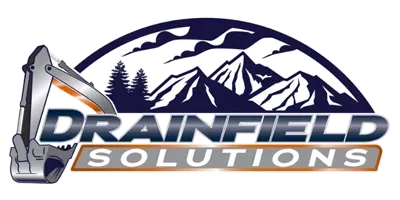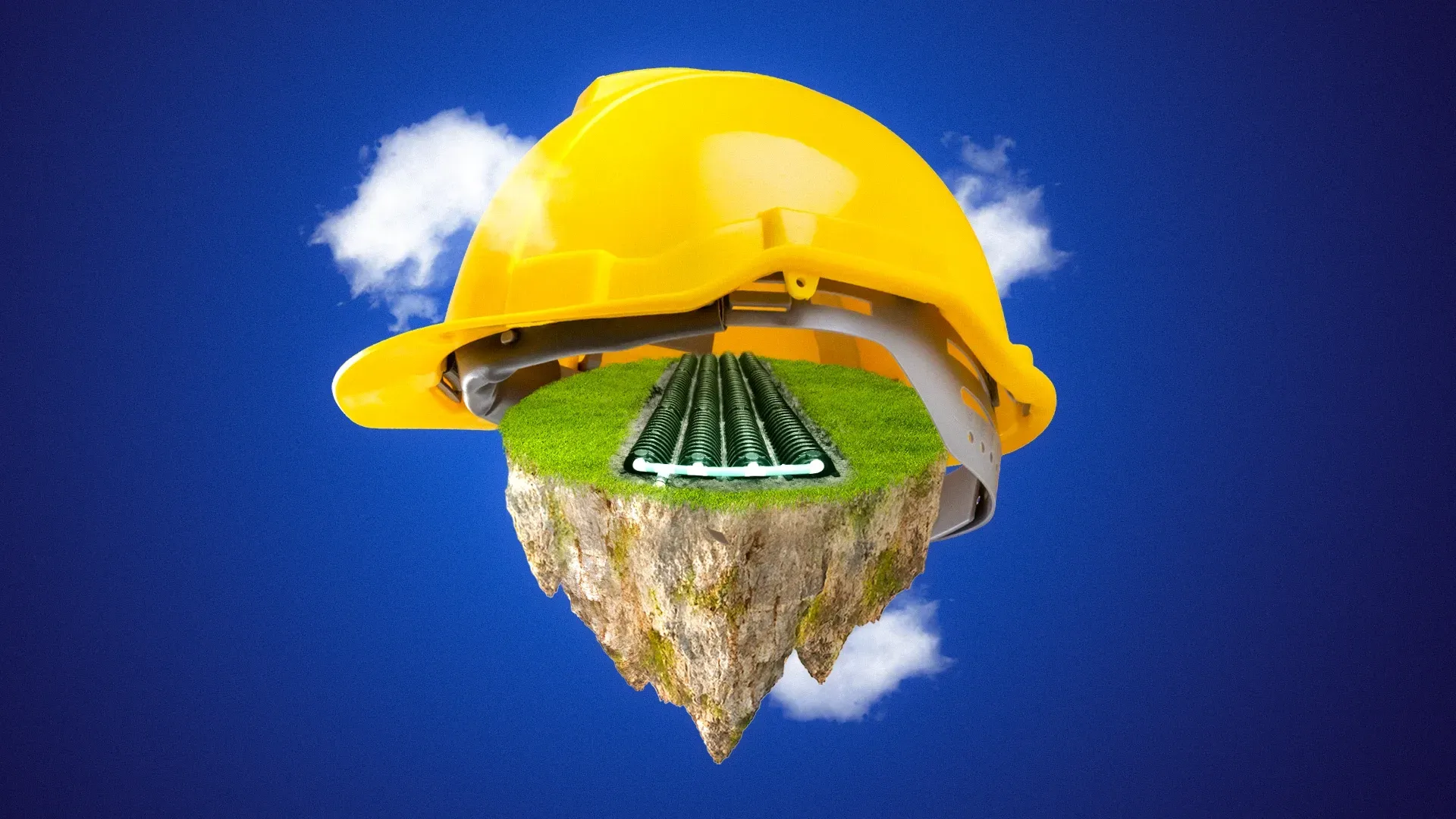
The Top 6 Ways to Protect Your Drain field During Construction Projects
December 31, 2024
So, you’re planning a construction project—maybe you’re building a deck, putting in a pool, or finally getting that dreamy outdoor kitchen. Congratulations! But before you break ground, let’s talk about something that might not be on your radar: protecting your septic drain field. Your septic drain field is a vital part of your septic system, and construction projects can put it at serious risk if you’re not careful. The good news? With a little planning and a lot of TLC, you can keep your drain field safe while bringing your vision to life.
First things first: why does your drain field need extra attention during construction? Think of your drain field as the heart of your septic system. It’s a network of underground pipes and soil that filter and absorb wastewater after it leaves the septic tank. It’s built to handle water, not the heavy equipment, soil compaction, and digging that come with construction projects. Any disruption to this delicate system can lead to backups, clogs, or even complete failure. And trust us, that’s not a mess you want to deal with when you’re trying to enjoy your new patio.
Find and mark your drain field
Before construction begins, one of the most important things you can do is locate your drain field. Many homeowners aren’t entirely sure where their drain field is, and that’s okay! If you’re not sure, check your property’s septic system layout plan or call a professional to map it out for you. Once you know where it is, mark the area clearly. Use stakes, flags, or temporary fencing to create a visible boundary that says, “No heavy equipment beyond this point!”
Keep heavy equipment and materials off of the drain field
Now, let’s talk about the elephant—or maybe the bulldozer—in the room: heavy equipment. Construction projects often involve trucks, backhoes, and other machinery, and these can spell disaster for your drain field. The weight of heavy equipment can compact the soil, damaging the pipes underneath and reducing the drain field’s ability to absorb water. Avoid driving or parking any machinery over your drain field at all costs. If access is limited and you absolutely must cross the drain field, consider laying down protective mats or planks to distribute the weight and minimize soil compaction.
It’s not just the big stuff you need to worry about. Construction materials like bricks, gravel, or stacks of wood can also damage your drainfield if they’re stored on top of it. Make sure your contractor knows to keep all materials far away from the area. Designate a storage spot on your property that’s well clear of the drainfield, and double-check that everyone involved in the project understands the importance of this rule.
Think before digging
Digging is another major hazard. Whether you’re planting new landscaping, laying foundation, or installing underground utilities, any digging near your drainfield can puncture pipes or disrupt the soil. Before any digging begins, call 811 to have utility lines marked and confirm the exact location of your drainfield. Make sure your contractor knows to stay well away from it—no exceptions. If your project involves deep excavation, consider consulting a septic professional to ensure your drainfield stays out of harm’s way.
Watch for water rerouting
Water drainage is often overlooked during construction, but it’s a critical factor in protecting your drainfield. Your system relies on well-drained soil to filter wastewater, so any excess water can cause problems. Construction projects can redirect rainwater or runoff toward your drainfield, oversaturating the soil and preventing it from absorbing wastewater properly. To avoid this, plan your project with drainage in mind. Make sure gutters, downspouts, and grading direct water away from the drainfield, and consider adding swales or French drains if necessary.
Over communicate
Communication is key during any construction project, and protecting your drain field is no exception. Talk to your contractor, landscaper, or anyone else involved in the project about the location of your drain field and the importance of keeping it safe. A quick conversation can go a long way in preventing accidental damage. And don’t be afraid to speak up if you see something concerning—this is your property, after all!
Inspect afterwards
Once construction is complete, take some time to inspect your drainfield and the surrounding area. Look for signs of trouble like soggy patches, slow drains, or unusual odors. If everything looks good, great! If not, call a professional to assess the situation and address any issues before they get worse. It’s always better to catch problems early than to deal with a full-blown septic system failure later on.
Protecting your drain field during construction might feel like one more thing to add to your to-do list, but it’s worth it. Not only will it save you from costly repairs, but it’ll also ensure your septic system continues to work efficiently for years to come. Plus, taking care of your drain field means you can enjoy your new construction project with total peace of mind, knowing you didn’t accidentally sabotage your septic system in the process.
We Can Help
At Drainfield Solutions in Central Virginia, we know that construction and drain fields don’t always mix, but we’re here to help you navigate the process. Whether you need a professional septic tank pumping, advice on protecting your septic system, or emergency septic repairs, we’ve got Caroline County, Spotsylvania County, Hanover County, Stafford County, King George County, and Louisa County covered. Call Drainfield Solutions today at 804-633-1808 or visit our contact page to schedule a consultation.
Your dream project doesn’t have to come at the expense of your septic system. With a little care and planning, you can have it all—a beautiful new addition to your property and a septic drain field that stays safe and sound.
Share Post
Latest Posts
Ready to Take the Next Step?
Whether you're in need of a system inspection or regular maintenance, Drainfield Solutions is here to help. Get in touch today for reliable service you can trust.
